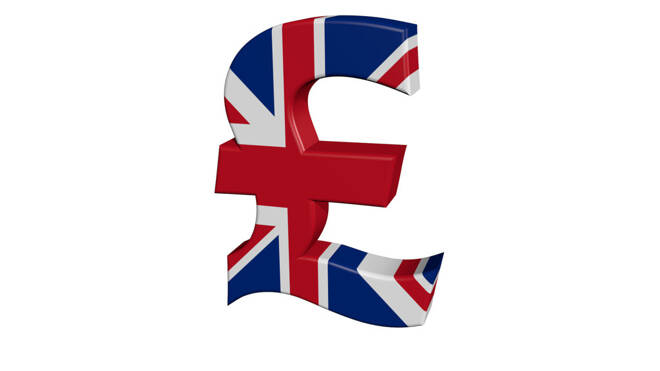Advertisement
Advertisement
UK Vote to Leave EU Triggers Volatile Knee-jerk Reaction by Financial Markets
By:
Volatility hit all sectors of the financial market earlier today as results from Thursday’s referendum showed the U.K. had voted to leave the European
Volatility hit all sectors of the financial market earlier today as results from Thursday’s referendum showed the U.K. had voted to leave the European Union. The referendum result shocked the markets, but the markets moved as expected with higher risk assets tumbling and so-called safer assets rallying.
Leading the way on the downside was the British Pound. It fell as much as 10 percent against the U.S. Dollar early on Friday, before paring some losses to trade 6 percent lower at $1.3695. The Euro soared against the British Pound, while the Euro plunged against the U.S. Dollar. After surging to .8311, the EUR/GBP settled back to .8078, up 0.0425 or 5.55%. The EUR/USD fell to its lowest level since March 10 before rallying back to 1.1070, down 0.0315 or -2.77%.
Safe-haven buying drove the Japanese Yen sharply higher against all major currencies. The USD/JPY plunged to 98.887 before rebounding to 102.395, down 3.74 or -3.52%. The EUR/JPY also broke sharply to 109.519 before short-covering drove the Forex pair back to 113.353, down 7.493 or -6.20%.
August Comex Gold also benefited from the safe-haven buying frenzy, soaring as much as 8 percent to its highest level in more than two years. The market hit $1362.60 an ounce before tumbling back to $1327.70, up $64.60. Silver futures were up 3.4 percent while platinum moved 2.1 percent higher.
Crude Oil prices plunged by more than 6 percent on Friday on increased fears of a broader economic slowdown that could reduce demand. The global uncertainty that the vote is likely to unleash is likely to have a potentially negative effect on GDP growth, not only in the UK, but potentially in Europe.
Demand for safe haven assets also drove the 10-year U.S. Treasury Note yield into its lowest level since July 26, 2012 at 1.406. The 2-year yield hit a low of 0.499 percent, its lowest level since April 17, 2015.
Global equity indices traded sharply lower, leading to the call for a sharply lower U.S. opening. September E-mini S&P 500 Index futures are expected to open at 2024.50, down 81.25 or -3.86%. Dow Jones Industrial Average futures are expected to open the U.S. cash session at 17376, down 539 or -3.01%. It had been down as much as 700 points. NASDAQ futures are also expected to open lower at 4292.00, down 170.50 or -3.82%.
In other news, U.K. Prime Minister David Cameron, who campaigned for the “remain” vote, announced his intention to resign by October. U.S. Durable Goods Orders fell 2.2% in May, more than the expected 0.5% decline.
Related Articles
About the Author
James Hyerczykauthor
James Hyerczyk is a U.S. based seasoned technical analyst and educator with over 40 years of experience in market analysis and trading, specializing in chart patterns and price movement. He is the author of two books on technical analysis and has a background in both futures and stock markets.
Latest news and analysis
Advertisement
